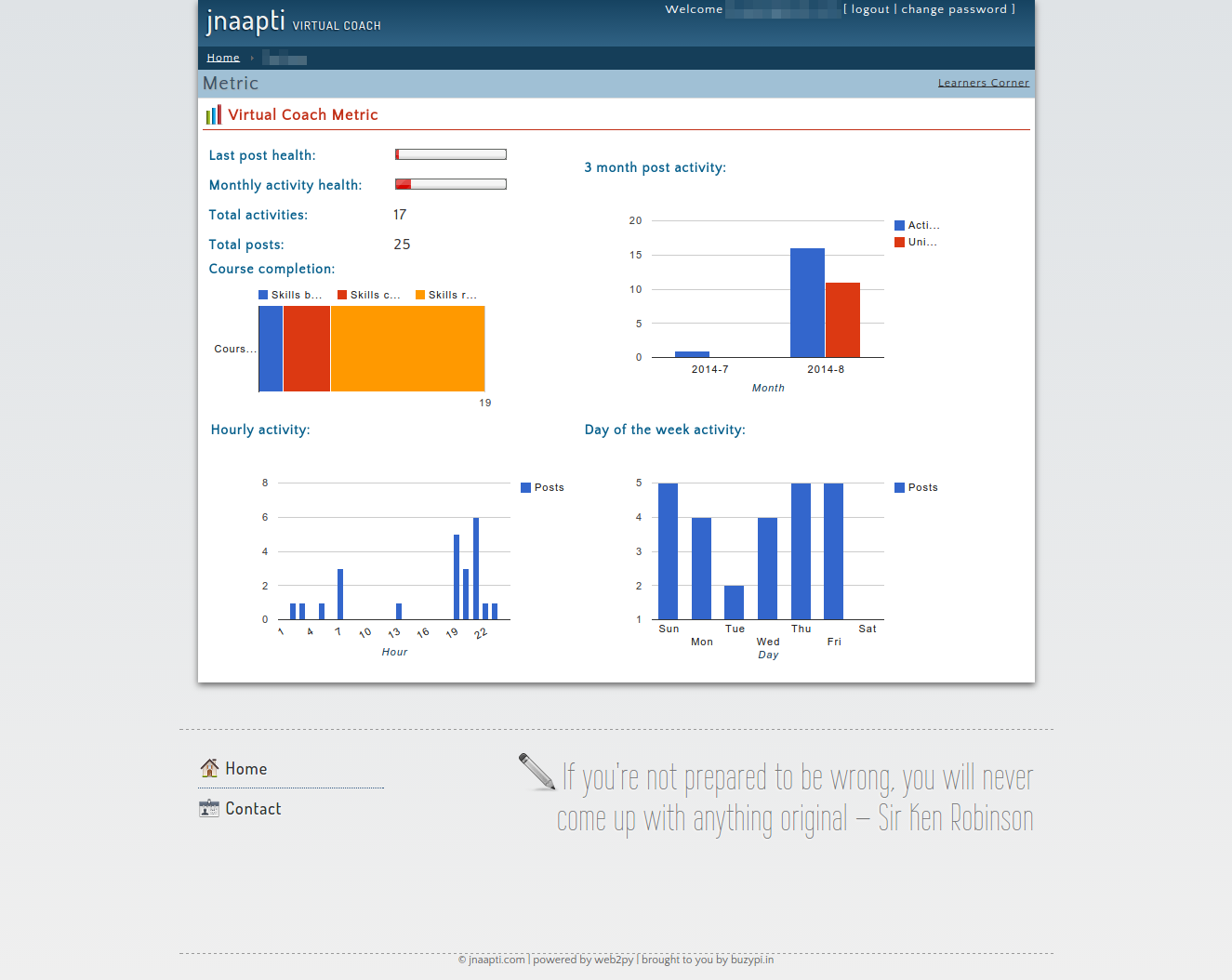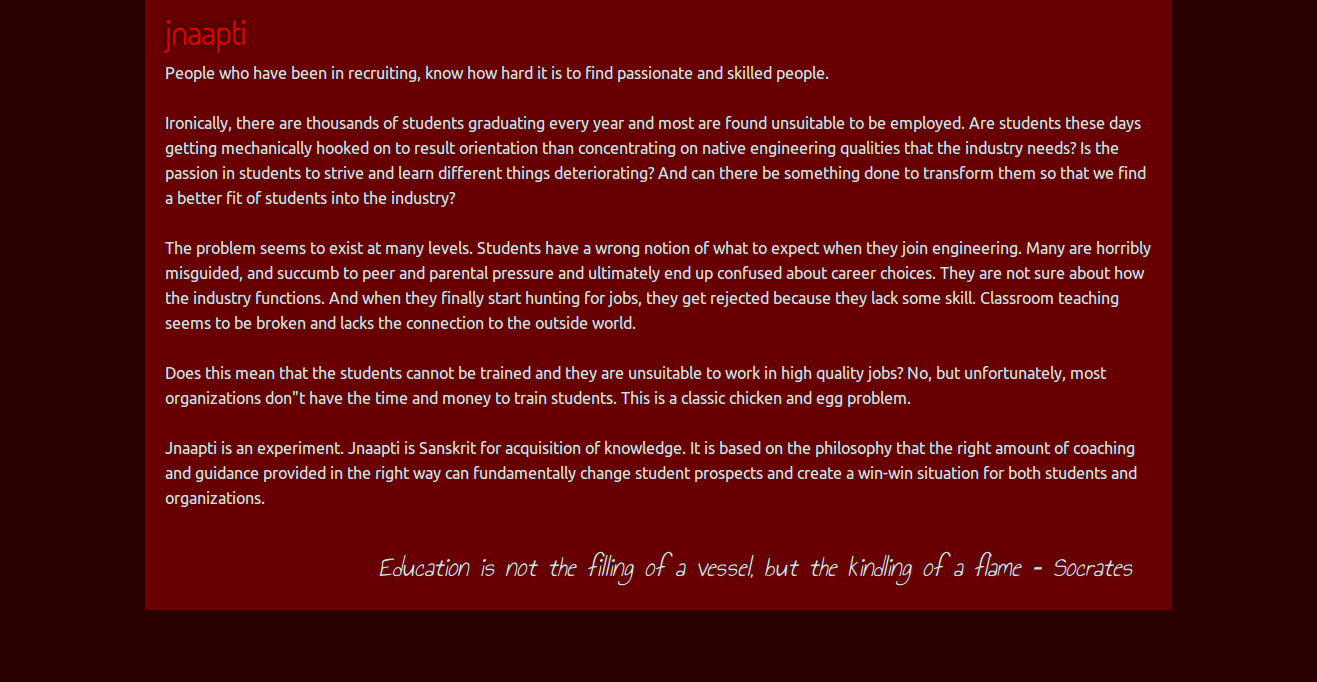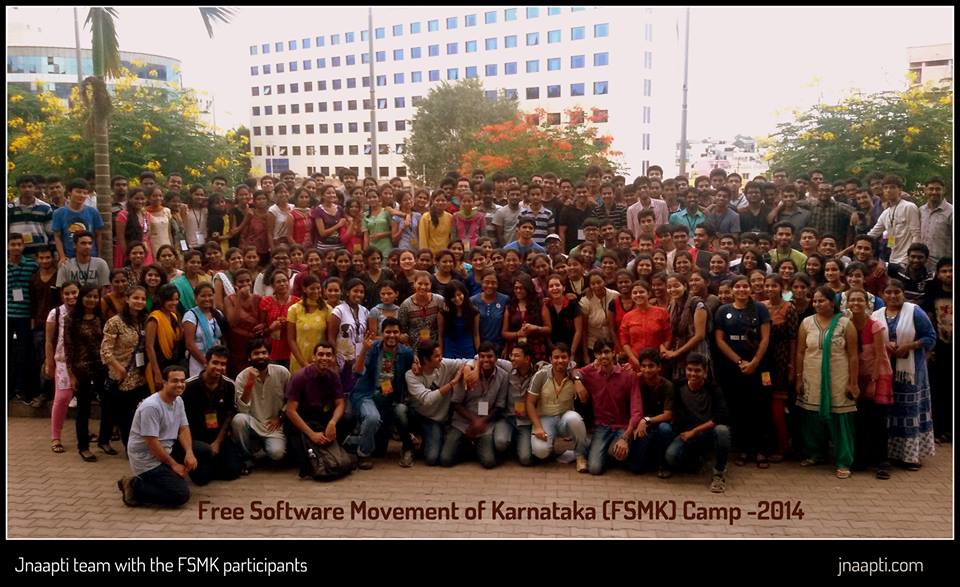One of the most exciting moments for us was to watch 12 year olds programming in Python. Our record is being able to teach the use of a “for-loop” in Python to a 6-year old.
While we see Engineering students and Software professionals struggling with the syntax of programming languages despite having a degree in Computer Science, we were able to teach these kids basic programming constructs like looping and conditional within less than 3 hours. So when professionals say “Python is too hard”, we retaliate saying, “No, the syntax is not that hard. 10 year old kids were able to pick it up in less than 3 hours! May be you need to unlearn.”
Here we describe our experiences of teaching kids and learning about learning from kids.
It all started with our Fast Trackers Workshop. We had a student from 1st PUC (11th standard) attending this program. We found him to be self-motivated, sharp and he picked up concepts as easily as the engineering students.
This got us wondering. If school students can learn programming, can we try with students of a younger age. What is the age at which students “get” programming? Is programming everyone’s cup of tea? Should we teach programming to everyone? When I asked these questions, Shreelakshmi told that she can help. Shreelakshmi used to run her startup in Mangaluru and as a part of this, used to teach in a school in Mangaluru. So we decided to run an experiment in her school.



